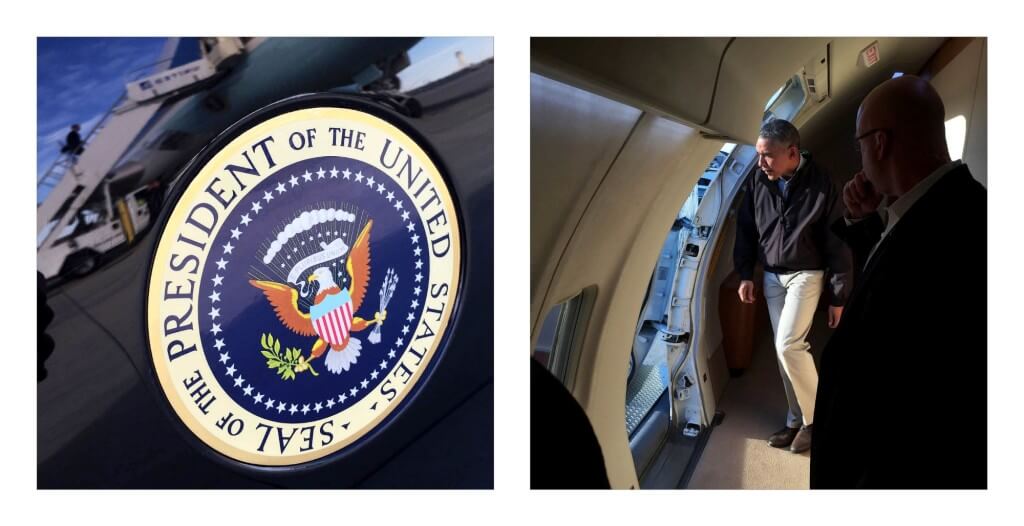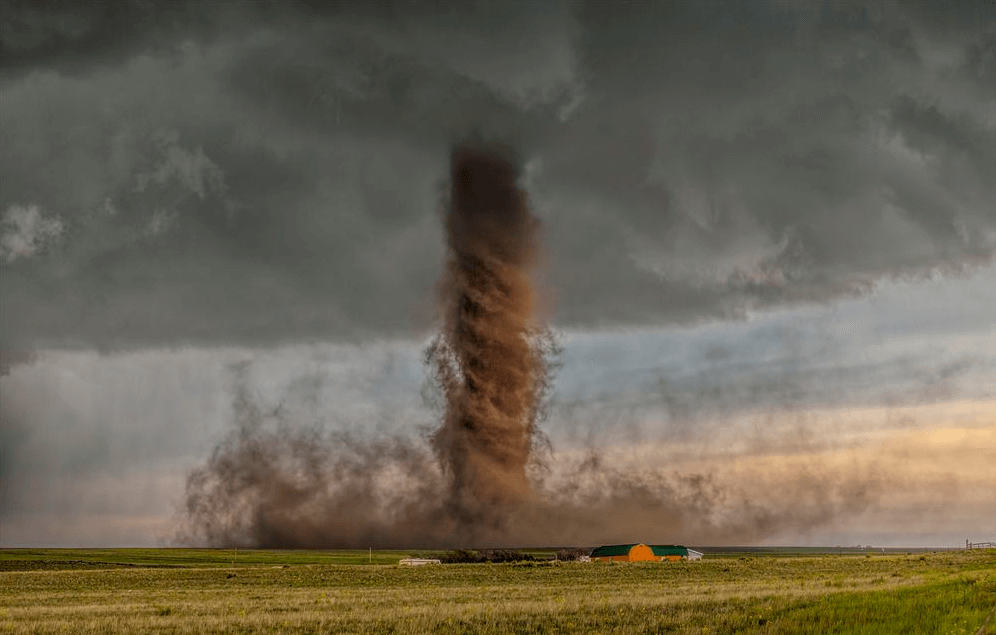We’re BACCCCK: RAWtalk #164
That’s right everyone, we are back with the FIRST RAWtalk of 2016. It was nice to take a quick week off from recording during the holidays but I know some of you really missed RAWtalk, so here it is.
This weeks show was brought to you by the Marketplace at VideoBlocks. https://contribute.videoblocks.com/ Remember when I told you “how you can make money right now with your DSLR”? Well it’s simple to sign up for FREE and start uploading quality 1080P and 4K footage. Click the link for more info.
I invited Dave Leno back onto the show as he was on 99 episodes ago on RAWtalk #65 and a lot has changed for him. On January 2nd he called is very first Nationally broadcasted game on ESPN News. This is a big deal for someone his age but I want you to listen to his passion during the interview. Passion, passion, passion, passion, listen for it, learn form it and hopefully the same passion can be found in you.
Stephen catches us up on the past few weeks of Photo News before we get into the Wheel Of Fro now with some new spaces and sponsors.
Thank you guys for tuning in each and every week. Be sure to subscribe on YouTube as well as iTunes so you can be the first to hear the latest episode.
00:00:13 – RAWtalk 2016 New Year Intro
00:06:29 – Christmas/New Years Recap
00:12:46 – “I Shoot RAW” Trademarked
00:14:58 – Click Bait Rant
00:22:48 – Photo News
00:51:19 – Dave Leno Interview
01:22:11 – Dave Leno RAWtalk Liners
01:23:11 – Wheel of Fro
Here’s all of Stephen’s photo news stories in detail:
Apple Has 800 Employees Dedicated to Working on the iPhone Camera
60 Minutes aired a new segment offering a behind-the-scenes look into Apple’s iPhone camera operation. The video reveals how Apple has 800 dedicated employees working solely on the iPhone’s camera. Apple’s camera head, Graham Townsend, was interviewed by Charlie Rose in the segment which can be seen below, where he shows off their testing lab. The lab simulates all of the different types of lighting that iPhone users experience, from noon to sunset. In the video, he talks about the fine-detailed engineering that goes into the camera–how there are 200 separate individual components in each camera module. Also, he explains how the camera’s stabilization system uses four wires that are just 40-microns in width — less than half a human hair — to hold the suspension and stabilize the camera from hand shake. Townsend also reveals how there are 24 billion operations that happen just to take a SINGLE photo with the camera. Check it all out below: (via TV)
The President’s Photographer Reveals His Top Instagram Photos of 2015
Speaking of the iPhone camera, the President’s photographer Pete Souza has revealed his best iPhone Instagram photos from 2015. The collection consists of only images taken with the phone in square format too, because he wanted to be somewhat of a “purist” for Instagram. Souza says, “My approach to my Instagram feed continues to be all square photos are taken with an iPhone, and full-frame horizontals and verticals are taken with a DSLR.” The photos range from behind-the-scenes candid shots of the President, to everyday things you would take with your phone like coffee or food, to photos around the world. Apple CEO Tim Cook even went on to tweet about them saying, “Stunning iPhone photography” by Souza. Click here to check out his long-list of top iPhone photos. (via PP)
Photos by Pete Souza
Introducing The World’s Smallest Printed Color Inkjet Photo
Going even smaller than the iPhone camera modules, the world’s smallest color inkjet photo has been printed. The image, consisting of a trio of clownfish, is so small that it’s invisible to the human eye and can only be seen when viewed under a microscope. The printed image was made by researchers at ETH Zurich and a new startup company called Scrona. The printed area measures 80×115 micrometers (equivalent to the cross-section of a single strand of human hair, or a single pixel found on a Retina display!) thanks to their new 3D printer with nanoscale resolution and the help of a new technology called 3D NanoDrip. They use quantom dots to create the printed image, which was printed in 24-bit color at a resolution of 25,000 DPI, with a distance of just 500 nanometers between the dots. It was just officially coined the world’s “smallest inkjet-printed colour image” by Guinness World Records too. Interested? You can actually own your own micron scale photo! They launched their own Kickstarter for a different product of theirs: a new credit card-sized microscope that attaches to your smartphone called µPeek. One of the packages comes with any photo of your choice printed with the new 3D NanoDrip technology. Unfortunately, it’ll cost you $594 for that option… (via Engadget)
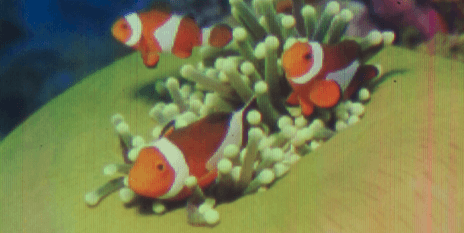
Nat Geo 2015 Photo Contest Winners Revealed
The winners for the 2015 National Geographic photo contest have been revealed. With over 13,000 entries, just 13 were picked by the judges for recognition. The three categories consisted of top nature, places and people photos, with a grand prize winner, 2 first place winners and 10 honorable mentions being picked in the end. The grand prize winner this year goes to photographer James Smart of Australia, who won $10,000 and a trip to Washington, D.C. for his photo called “DIRT.” The caption of the image reads, “Jaw-dropping, rare anti-cyclonic tornado tracks in open farm land narrowly missing a home near Simla, Colorado.” Find that photo along with the rest of the winning images here. (via PP)
Photo by James Smart
Sony’s New Sky HDR App To Replace Graduated ND Filters?
Sony has a new app to add to their PlayMemories collection called Sky HDR. The app essentially replaces graduated ND filters for Sony users and correctly exposes for both the sky and ground. Here’s how it works: the app supplies the user with guidelines to specify where the horizon line is. Users then set their separate exposures for both the sky and ground. The app will then take two individual exposures and merge them for you into a single image. The guideline can be positioned anyway you want too, whether that be dutch-angled or horizontal. It has three “themes” to choose from as well: Blue Sky, which “expresses the blue sky impressively,” Sunset which “expresses the redness of dusk scenes impressively,” and Graduated ND which “Shoots image with only different exposures.” The app will cost $9.99. (via PP)
This Web-App Tells You How Memorable a Photo Is
A new algorithm can supposedly tell you how memorable an image is. Scientists over at MIT’s Computer Science and Artificial Intelligence Laboratory have created a new web-app called LaMem, which analyzes any photo, and rates it with a memorability score. Scientists started the project off by doing a crowd-sourced experiment with 5,000 online participants who were each shown a set of photos and asked to press a key whenever they saw a familiar image. Scientists took that data and used it to create a memorability score for each of the images. They say most participants generally agreed which images were memorable and which weren’t too. The results were then used to train the computer to make its own predictions. The interesting part about the results is that it’s not only text based, they also use a heat map overlay on the image which highlights the areas most memorable. Petapixel even tested out the algorithm on TIME’s top 10 photos of 2015, which resulted in very low scores to high, so I’m not sure how accurate it is just yet. Head on over to the app here to test out your own photos, and also read their full research paper for all the details here. (via Engadget)
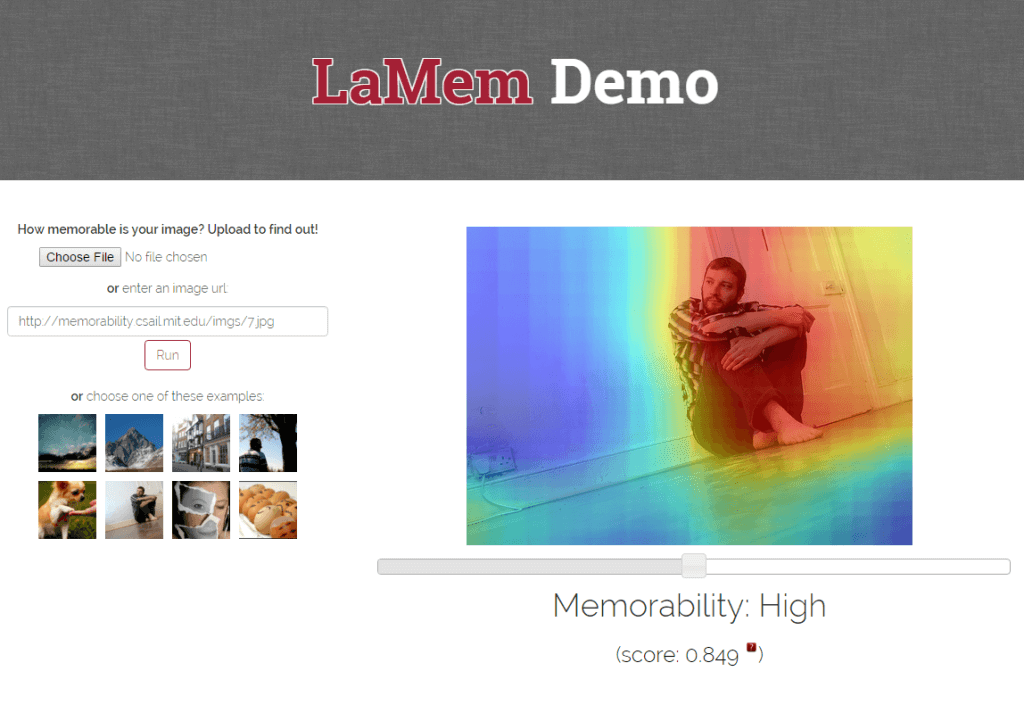
FAA’s Drone Registration System Faced Severe Glitches Upon Launch
With the FAA’s new drone registration system now up and running, over 45,000 drones have been registered. Their servers got a little overloaded the first day, with tens-of-thousands of people trying to register all at once. There were also some glitches that were exposing users information: Oklahoma’s KOTV6 reports that some people were receiving certificates with other people’s complete names and addresses on them, and some even reportedly seeing other people’s credit card numbers while using the registry. The FAA followed up by taking down the site for two nights prior to Christmas to prepare for the big rush following the holidays. The FAA has also confirmed that model aircraft registrants’ names and home addresses will be made available to the public. In an email message, the FAA stated: “Until the drone registry system is modified, the FAA will not release names and address. When the drone registry system is modified to permit public searches of registration numbers, names and addresses will be revealed through those searches.” With being able to do a search in the database by registration number, people will be able to identify the owner immediately if they find a trouble-making drone…Good or bad? (via PP)
NewsOn6.com – Tulsa, OK – News, Weather, Video and Sports – KOTV.com |
The “Drone Blender” Chops Food Up at 1500 FPS
Speaking of drones, Speed Motion Films took a DJI drone and tested it out as a food blender. Throwing food into the blades at 1500 fps made for a pretty cool slow-mo video called “Drone Blender” which was filmed with a Phantom Miro high speed camera. It showcases again how dangerous drones can be, with the blades slicing through everything from carrots, to giant zucchinis, to yogurt containers. Watch it all unfold below: (via Bokeh)
France’s New Law Bans Skinny Models & Misleading Photo Ads
France has passed a new law that bans underweight fashion models and they’re also now requiring full disclosure in retouching to prevent unrealistic body images in advertisements. Called the “Skinny-model ban,” it states that thin models must first present a doctor’s note stating that they’re healthy and that their BMI is over 18. Agency and brand employers who break this rule face up to 6 months in jail and fines of up to €75,000 (~$82,000). Also, all advertising photos that have been digitally manipulated (to a certain extent) must state that editing was done to the photo. If the words “retouched photograph” or “photograph edited” aren’t found with editing that makes models smaller or larger, then the creator faces a fine of €37,500 (~$41,000) or 30% of the expenses that went into creating the ad. France estimates that there are about 30,000 to 40,000 people living in France who deal with anorexia. (via FS)
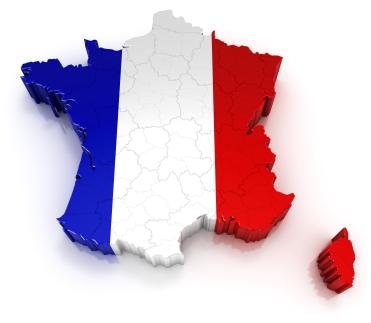
Hockey Players Confuse Lens Hood For Puck
A hockey photographer’s lens hood fell onto the ice at a recent American Hockey League game, confusing the hockey players on which was the puck and which was the lens hood. The photographer dropped the hood through the hockey photo hole, stopping the game while the refs retrieved the hood. It was all caught on camera too which can be seen below, including the photographer’s embarrassed face when the ref returned the hood to him; ouch. (via ISO 1200)
Camera Drone Nearly Crashes Down on Famous Skiier
A camera drone came crashing down at a skiing race in Italy recently, nearly landing on top skiier Marcel Hirscher. The four-time World Cup champion was conducting his 2nd skiing run during the race when a large drone carrying a broadcast TV camera crashed down only about a foot or two away from him, smashing into pieces. The company responsible for the drone–sports marketing agency Infront–said its initial investigation “indicates a malfunction of the drone.” They say, “The most likely reason is a strong and unforeseen interference on the operating frequency, leading to limited operability. The pilot followed the official security procedure, purposely flying the drone as close as possible to the ground before releasing it. The aim was to destroy the drone, in order to prevent it from losing control.” However, on the other end, race director Markus Waldner says, “He did not follow our instructions. He had to fly outside of the race track and follow the racer from a 15-meter (50-foot) distance. Then there would have been a margin and nothing could have happened.” The International Ski Federation has since banned camera drones from its World Cup races. The skiier also later posted a screenshot of the crash on his Instagram page with the caption, “Heavy air traffic in Italy.” Check out the close encounter replay below: (via AP)
Rare Set of 1950 NYC Street Photos Discovered
A rare set of vintage photos from the 1950s in NYC have been discovered. Photographer Frank Larson, who passed away in 1964, was behind the lens. His wife ended up boxing all his photos up, moved, and never touched them again. Larson’s daughter-in-law, Carole, ended up rediscovering the photos in the attic nearly 50 years later. Inside the box were over 100 envelopes filled with mostly medium-format, 2 1/4″ x 2 1/4″ negatives. The packets were marked by date and location, carefully sealed and left exactly as he packed them 50 years ago. Carole’s son, Soren, then scanned all the negatives and built a website, allowing the world to finally see his grandfather’s undiscovered photos. Check out all of his undiscovered photos here. (via CB)
Photo by Frank Larson



